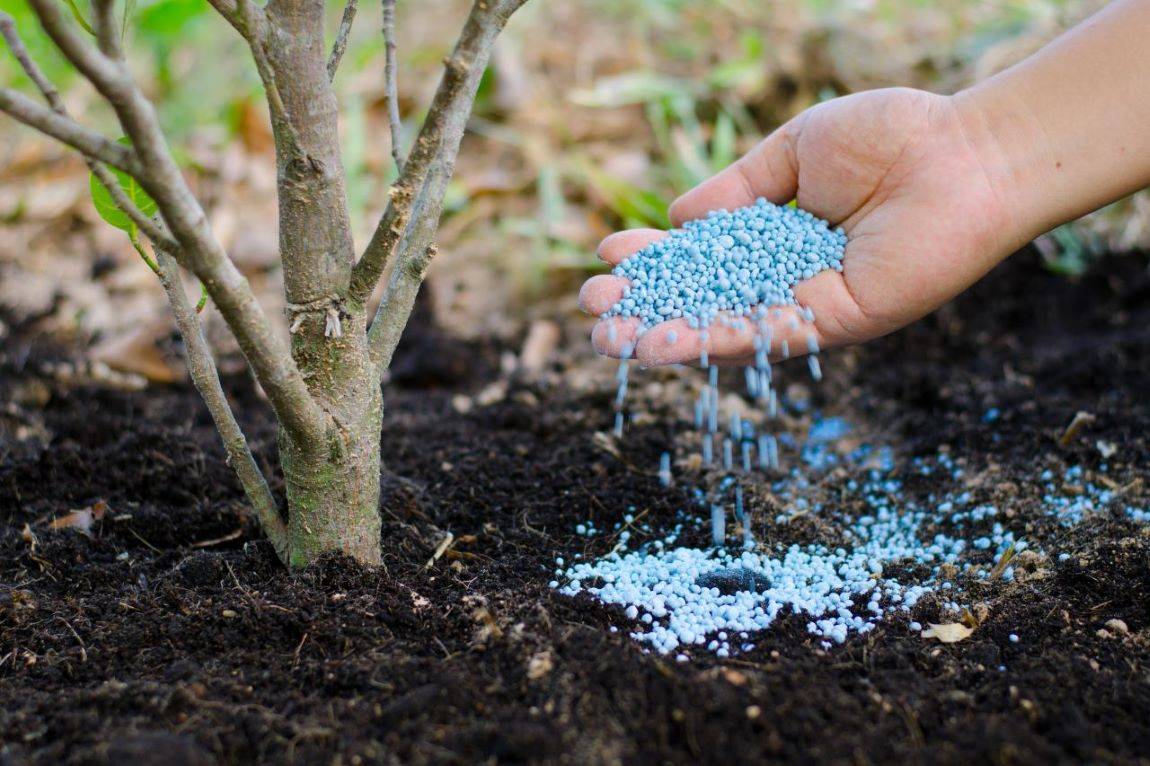
Even though paddy sowing is lagging behind last year's level, consumption of urea, the main fertilizer for the cereal crop, increased by 25% during the first quarter of the current fiscal as the Centre maintains its highly subsidized sales rate, which has remained unchanged since 2012.
Overall fertilizer sales were 142.99 lakh tonnes (lt) during April-June this fiscal, up 21% from 117.98 lt the previous year, according to official data. Urea sales increased by 70% to 84.26 lt from 67.45 lt, and di-ammonium phosphate (DAP) sales increased by 70% to 31.76 lt from 18.7 lt. Sales of muriate of potash (MoP) were down 20% at 4.14 lt and complex fertilizer (combination of N, P, K nutrients) were down 14% at 22.83 lt.
"The increase in DAP is primarily due to the base effect, as there was a severe supply crisis last year, despite the government claiming ample availability." However, urea consumption demonstrates that farmers are unwilling to accept the government's promoted balanced use of fertilizer because it is not only the cheapest, but there is a wide gap between urea and other fertilizers," as per a former official of the Fertiliser Association of India. He suggested that the government consider gradually closing the gap without increasing the subsidy burden.
The area under paddy, which was 19% lower until July 22, continues to lag, with the acreage deficit continuing last week as well. According to iGrain, the coverage as of July 22 was 170.58 lakh hectares (lh), down from 209.21 lh the previous year.
Because of high international prices, the government's annual fertilizer subsidy bill is expected to be around Rs 2.5 lakh crore this fiscal, compared to the Budgetary provision of Rs 1,05,222.32 crore for FY23. Due to the increase in global prices, India's fertilizer subsidy bill increased to Rs 1,40,122.32 crore in Revised Estimates for 2021-22 from Rs 79,529.68 crore (Budget Estimate).
Farmers receive urea at a heavily subsidized rate of Rs 266 per bag (45 kg) from the Centre. It must bear a subsidy of more than Rs 2,700 per bag. The nitrogen (N) subsidy has been increased to 91.96 per kg for the current Kharif season, up from 18.78/kg last season. A bag of urea contains 46% nitrogen.
Farmers pay Rs 1,350 for DAP and Rs 1,700 for MOP (for a 50 kg bag), despite the government increasing phosphorous subsidies to 72.74/kg in Kharif 2022 from 45.32/kg last year. Potash prices were raised to 25.31/kg from 10.11/kg. In the last two and a half months, the government has identified leakages worth 100 crore in urea sales through various covert operations.
It is estimated that the annual demand for technical-grade urea for industrial use is around 13-14 lt, with the country producing only 1.5 lt. The industry imports only 2 lt, as opposed to the required level of more than 10 lt, indicating a large-scale diversion of agricultural urea worth approximately Rs 6,000 crore.
(Inputs from Business Line)
















